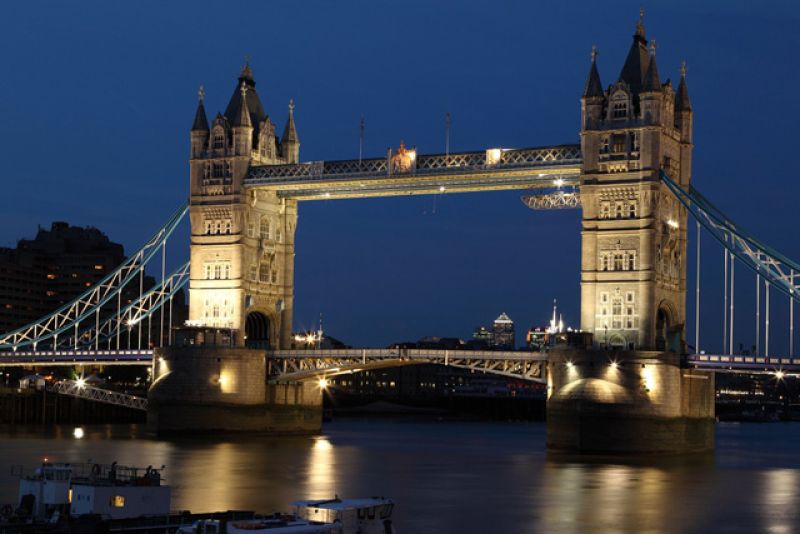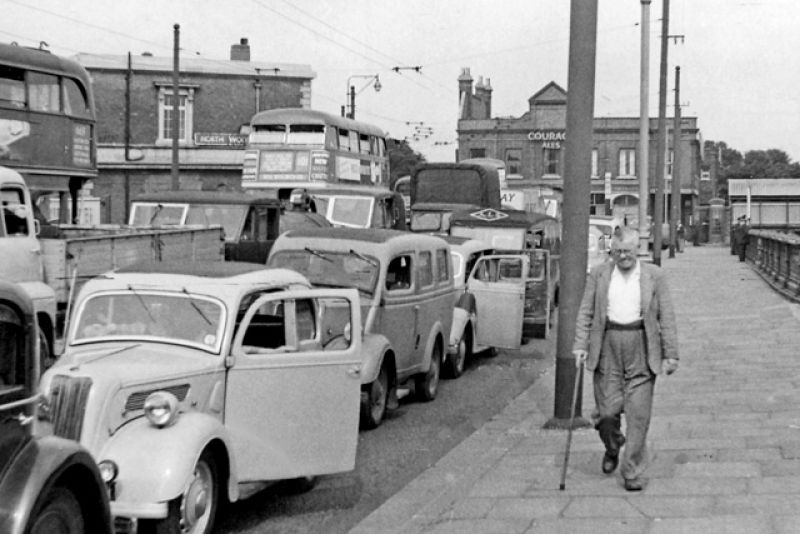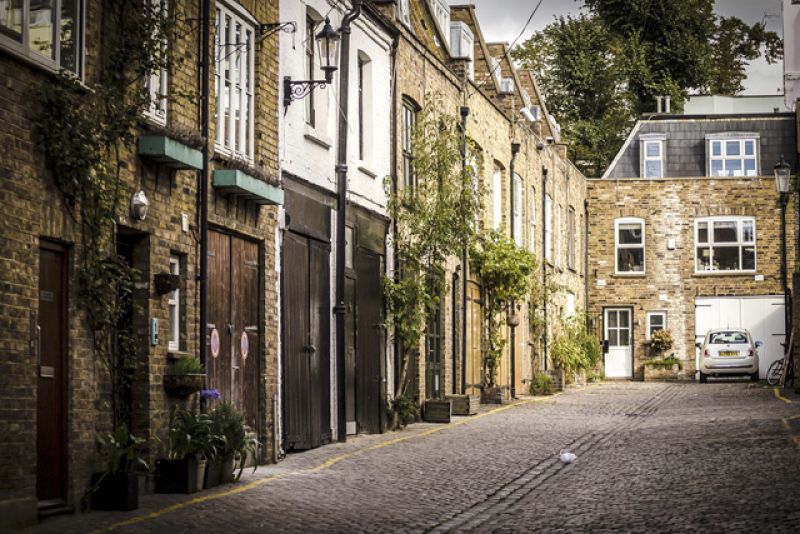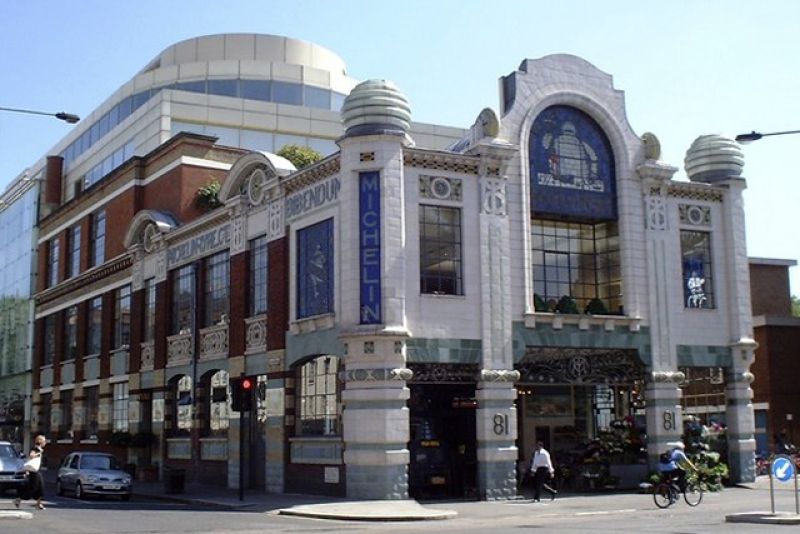Created Date:
Last Modified:
Marendaz
An attractive sports car, not unlike a small Bentley in appearance, developed by former Royal Flying Corps pilot, Capt DMK Marendaz.
Location
1-3, Brixton Road, Camberwell, London SW9 6DE.
Date
1926 -1932
Commentary
After the closure of Marseal in 1925, Donald Marendaz established a new business at premises in London, which he shared with the London General Cab Co. and agents for Bugatti and Graham-Paige. The new Marendaz came with either a four-cylinder 1,496cc Anzani engine or, later, an 1870/1986cc six-cylinder Erskine-Studebaker engine. It is thought that an eight-cylinder 1,495cc engine was also developed.
The body of the Marendaz was largely designed by the Autocar magazine artist, Max Millar. He produced a car which, at first glance, was scaled-down replica of a 3-litre Bentley. By all accounts, the car was full of modern technical features and, with a top speed in the region of 80 mph, was very competitive for its day. In 1928, a Marendaz Special, co-driven by Capt DMK Marendaz, established a new 1.5-litre 24-hour record at Brooklands, averaging 73 mph.
Relatively few cars were made during this period (estimates range between 20 and 50), but the company also offered a racing, tuning and servicing programme for both its own and other sports cars.
A shortage of space at Brixton Road prompted a moved in 1932 to new premises in Maidenhead, Berkshire.
Other locations
Maidenhead, Berkshire.
Further details
- The All British Marendaz Special, Graham Skillen, Fonthill, 2018.
- The Marendaz Special website, www.marendazspecial.co.uk.
- The Thoroughbred Motor Car 1930 – 1940, David Scott-Moncrieff, Batsford 1963.




